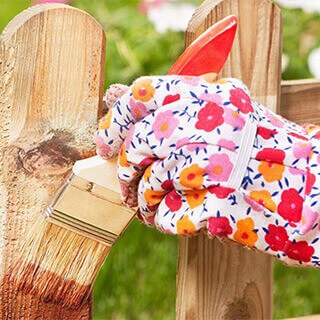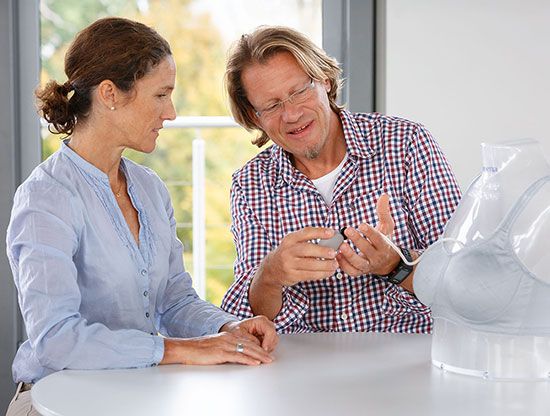The Do's and Don'ts of Preventing Lymphoedema
 For breast cancer survivors and others at risk, the standard advice for preventing lymphoedema boils down to one very general theme: avoid injury or irritation to the limb(s) most likely to be affected.
For breast cancer survivors and others at risk, the standard advice for preventing lymphoedema boils down to one very general theme: avoid injury or irritation to the limb(s) most likely to be affected.
The human body reacts to injury by producing fluid. In an individual whose lymphatic system has been compromised by surgery and/or radiation, this fluid cannot travel unimpeded and instead becomes mired in surrounding tissues. The end result is lymphoedema.
Here, in the form of “dos and do nots”, are the most commonly cited guidelines for protecting at-risk limb(s) from this disorder. While there is no hard scientific proof that these steps will prevent lymphoedema, there is a good bit of anecdotal evidence which indicates that observing these guidelines may indeed lower the risk.
Since the upper limbs are at risk with breast cancer survivors, these guidelines are focused primarily on protecting the arms.
Preventing Lymphoedema Outdoors
- DO protect your arm from sunburn. Wear a sunscreen with a high SPF.
- DO avoid insect bites. Wear insect repellant.
- DO wear gloves when gardening or doing other yard work.
- DO get regular exercise, but avoid repetitive motion with your arm to the point of muscle fatigue.
- DO NOT allow outdoor pets to scratch or bite your hand or arm.
- DO NOT expose at-risk limbs to the extreme heat of hot tubs.
- DO NOT play sports which may result in injury to your arm
Preventing Lymphoedema Indoors
- DO wear gloves while doing housework.
- DO wear oven mitts when moving hot plates to and from the oven or burner.
- DO try to avoid burns from grease splatter when frying foods.
- DO NOT allow indoor pets to scratch or bite your arm or hand.
- DO NOT sew unless wearing a thimble to protect against finger pricks.
Hygiene
- DO keep your arm clean and apply moisturizing cream regularly.
- DO thoroughly clean and apply an over-the-counter antibiotic and bandage to any scratch or cut immediately after the injury occurs.
- DO dry your arm thoroughly after bathing, but
- DO NOT rub the arm harshly with your towel in the drying process.
- DO NOT bathe in extremely hot water.
- DO call your physician immediately if you see any sign of infection.
Grooming and Accessories
- DO wear a soft bra with padded shoulder straps
- DO wear a lightweight form.
- DO NOT shave under your arms with a disposable razor. Use a well maintained electric razor with clean heads instead.
- DO NOT cut your cuticles when maintaining your nails. If someone else does your nails, ask them not to cut the cuticles.
- DO NOT wear tight jewelry of any kind on your arm or hand. If you wear a breast prosthetic
- DO NOT hang a heavy purse, bag, or briefcase over the shoulder of an at-risk arm.
Prevent Lymphoedema During Travel
- DO wear a compression sleeve anytime you travel by air to compensate for pressure changes in the plane’s cabin.
- DO remember to pack soap, moisturizer, antibiotic cream or ointment, and bandages to maintain your preventive regimen while away from home.
Medical
- DO NOT allow blood to be drawn from an at-risk arm.
- DO NOT allow vaccines or other shots to be given in at at-risk arm.
- DO NOT allow medical personnel to put a blood pressure cuff around an at-risk arm. In all three of the above instances, insist that medical personnel use the opposite arm or another appropriate site.
Finally, DO notify your physician if you see signs of lymphoedema developing. If detect any sign of infection, call immediately.
The Content on this page was reviewed for accuracy by a Certified Lymphoedema Therapist.







